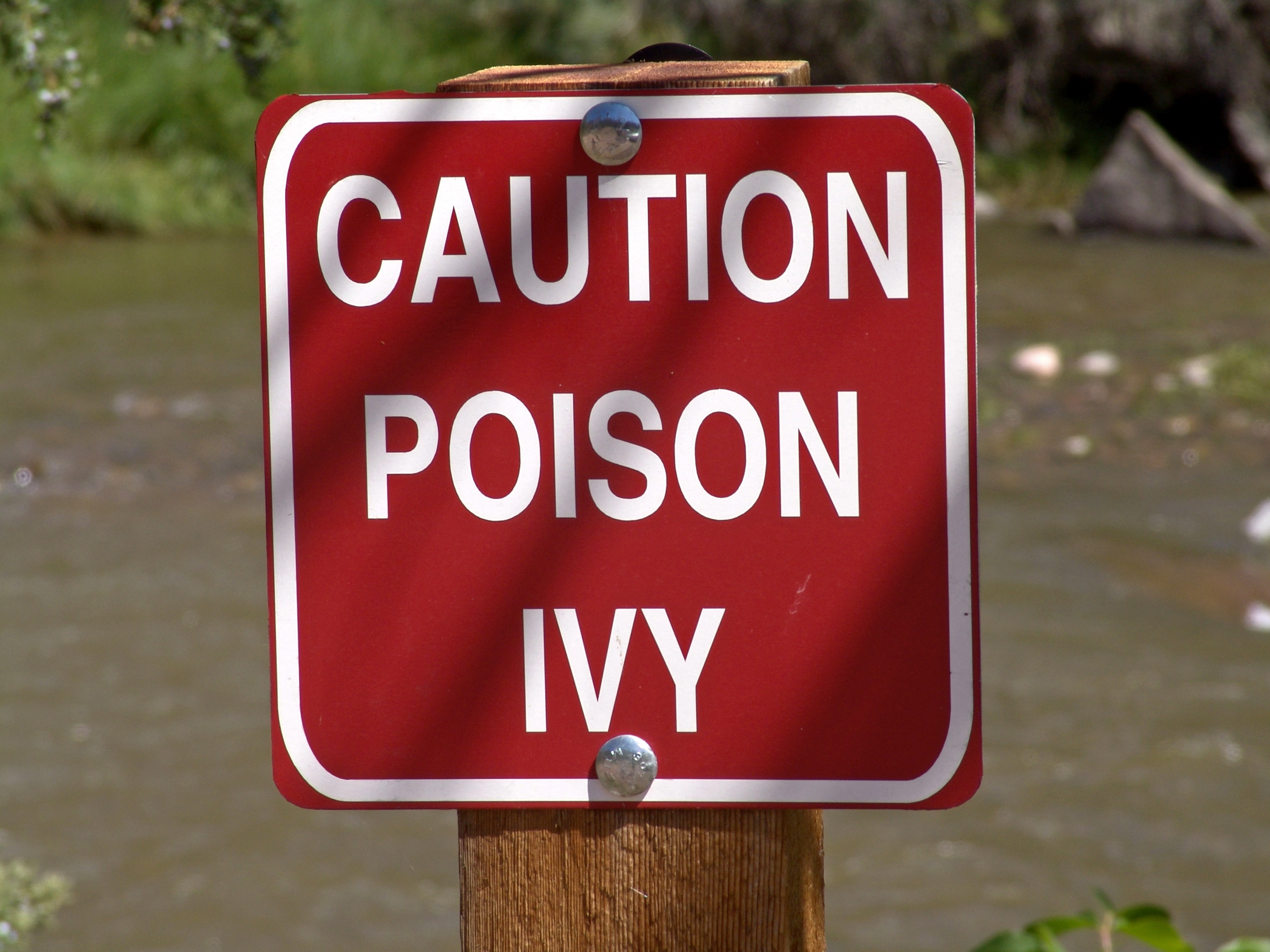 Many people enjoy spending time outside during the summer. With more time spent outdoors, there is an increased risk of exposure to plants that can cause allergic reactions. The most common plants of this kind are poison ivy, poison oak and poison sumac; all of which grow in wooded or vegetated areas and contain urushiol.
Many people enjoy spending time outside during the summer. With more time spent outdoors, there is an increased risk of exposure to plants that can cause allergic reactions. The most common plants of this kind are poison ivy, poison oak and poison sumac; all of which grow in wooded or vegetated areas and contain urushiol.
Urushiol is an oily resin found in the leaves, stems and roots of each plant. When this substance comes in contact with our skin, it can lead to a reaction we know as poison ivy rash. An allergic reaction typically occurs 24 to 48 hours after exposure and symptoms can last up to two or three weeks. Symptoms can be mild or severe and may include:
- Redness
- Blistering
- Itching
- Swelling
There are several ways to minimize our exposure and reaction to plants that can cause poison ivy rash. We can:
- Learn to identify poison ivy, poison oak and poison sumac
- Steer clear of these plants by avoiding areas in which they grow
- Wear protective clothing such as long sleeves and pants
- Immediately wash areas that have been exposed with soap and water
- Bathe pets that have been exposed
Approximately 60 to 80% of people who are exposed to urushiol will have a reaction. For mild cases, taking cool showers and applying soothing topical treatments such as calamine lotion is recommended. In severe cases, doctors may prescribe pills or creams that contain steroids or antihistamines.
All content of this newsletter is intended for general information purposes only and is not intended or implied to be a substitute for professional medical advice, diagnosis or treatment. Please consult a medical professional before adopting any of the suggestions on this page. You must never disregard professional medical advice or delay seeking medical treatment based upon any content of this newsletter. PROMPTLY CONSULT YOUR PHYSICIAN OR CALL 911 IF YOU BELIEVE YOU HAVE A MEDICAL EMERGENCY.
